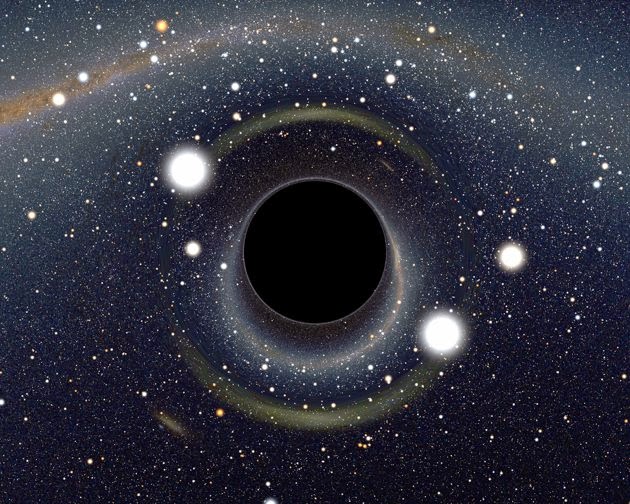BLACK HOLE IN THE SOUTH
Which alone spreadeth out the heavens, and treadeth upon the waves of the sea.Which maketh Arcturus, Orion, and Pleiades, and the chambers of the south.(Job 9:8-9)
They are impossible to see, but astronomers are convinced they exist.
Black holes are tears in the fabric of space-time that pull in everything that comes too close to them.
Nothing that gets sucked in can escape, not even light.
Now, scientists believe they have found features of these black holes here on Earth, in the southern Atlantic Ocean.
These huge ocean whirlpools are so tightly surrounded by circular water paths that nothing caught up in them escapes.
Their numbers are reportedly on the rise in the Southern Ocean, increasing the northward transport of warm and salty water.
The currents of the sea were revealed and the foundations of the world were exposed at the rebuke of the LORD and at the blazing breath from his nostrils!(2Samuel 22:16 ISV)
The Currents of the sea -Is the Whirpools in the South Atlantic Oceans
Satellites have shown two mysterious 'black hole' whirlpools in the South Atlantic ocean - ultra powerful “vortexes” which suck water down into the depths.
The whirpools - never witnessed before - would suck down ships, debris and even living creatures, moving 1.3 million cubic metres of water per second.
Two of the black holes - or “maelstroms” - have been sighted in three months by physicists from Zurich and Miami.
Satellites have shown two mysterious 'black hole' whirlpools in the South Atlantic ocean - ultra powerful “vortexes” which suck water down into the depths.
The whirpools - never witnessed before - would suck down ships, debris and even living creatures, moving 1.3 million cubic metres of water per second.
Two of the black holes - or “maelstroms” - have been sighted in three months by physicists from Zurich and Miami.
This phenomenon has been observed in the South Atlantic and South-western Indian Ocean, using satellite imagery designed to spot the aquatic equivalent of black hole currents. According to scientists, the maelstroms are prevalent in this area thanks to the southbound Agulhas current in the Indian Ocean.
In a three-month period, two perfect matches were found to mimic black hole behaviour, “We have found exceptionally coherent material belts in the South Atlantic, filled with analogues of photon spheres around black holes,” said George Haller, from the Swiss Federal Institute of Technology in Zürich and Francisco Beron-Vera at the University of Miami in Florida, who worked on the study.




Comments
Post a Comment